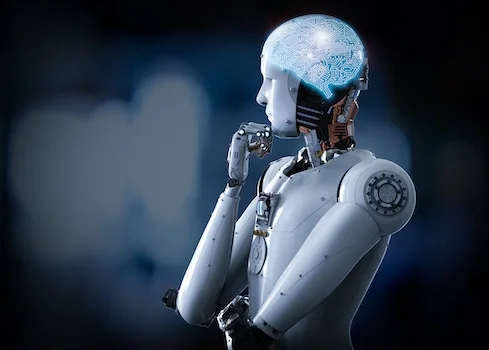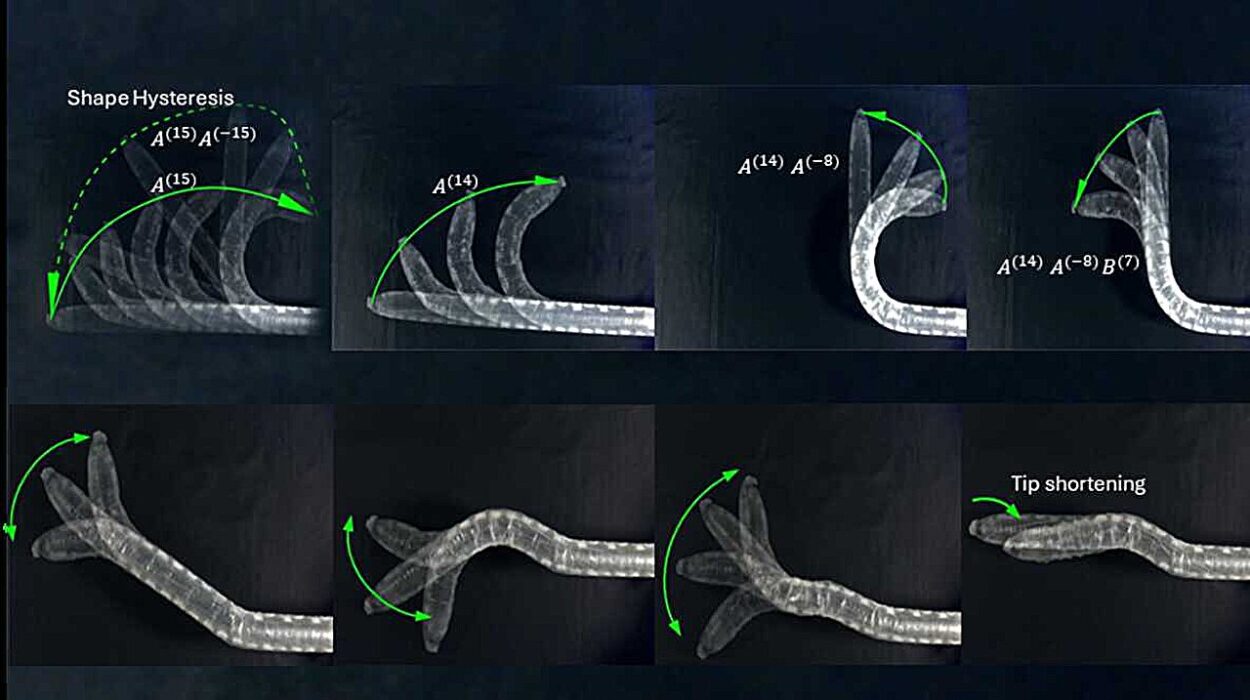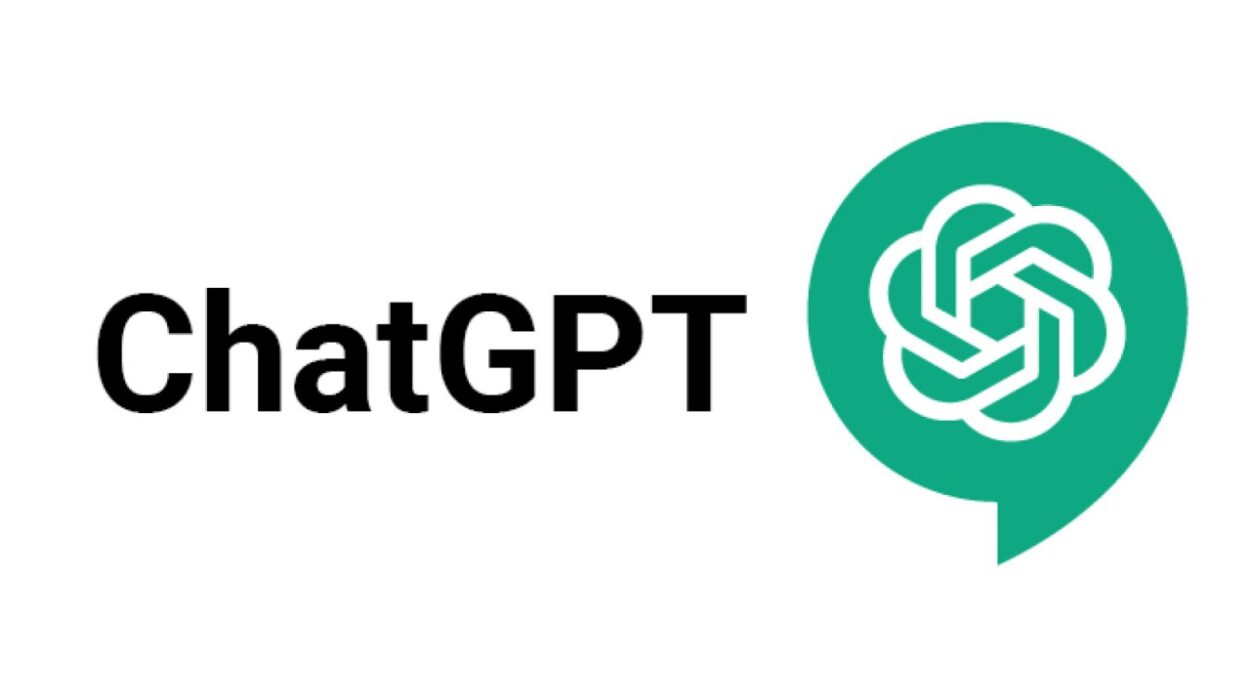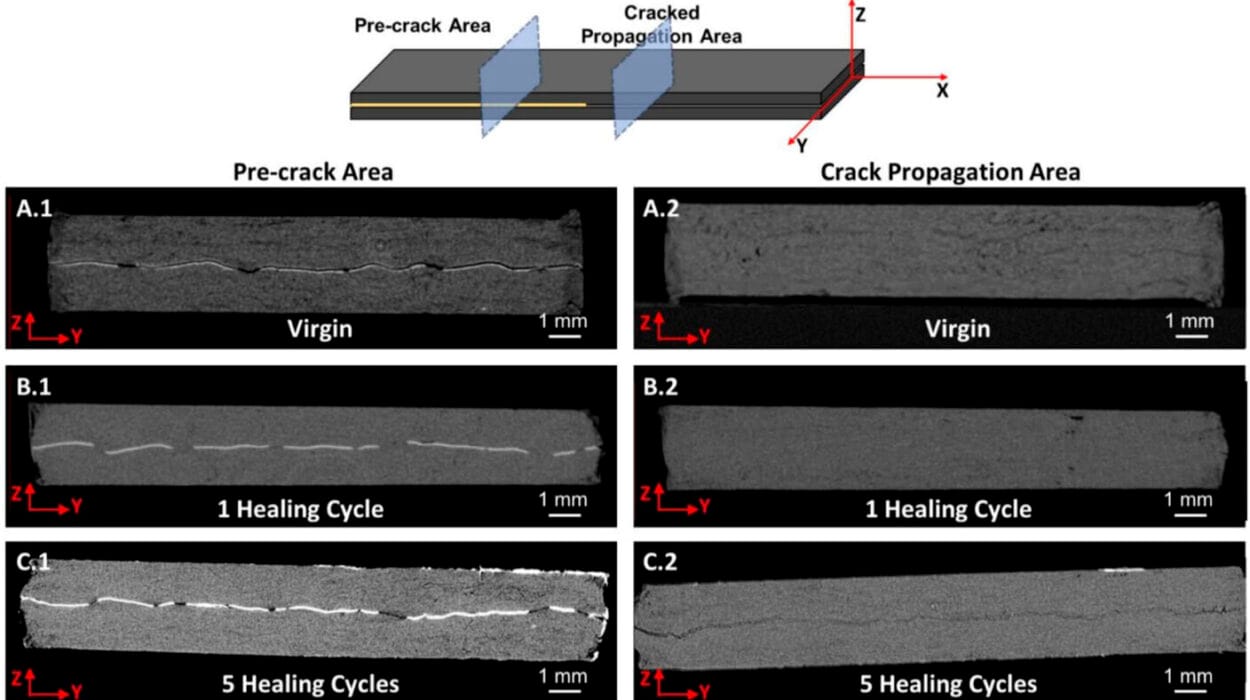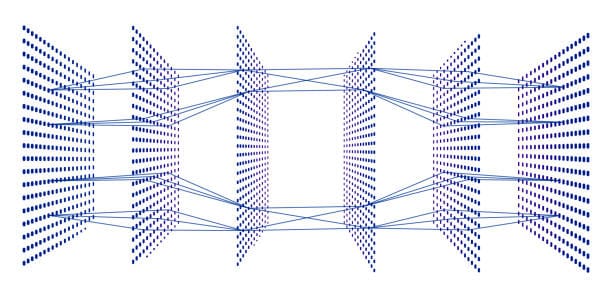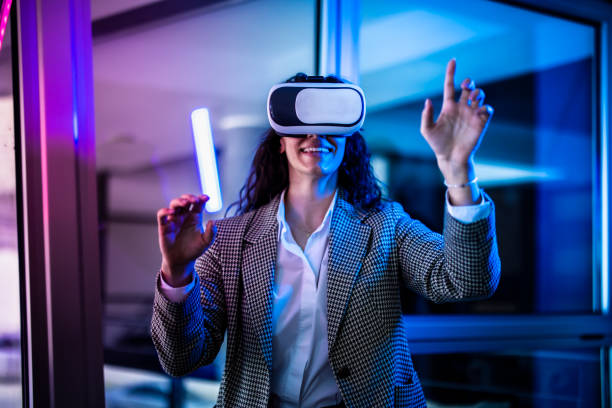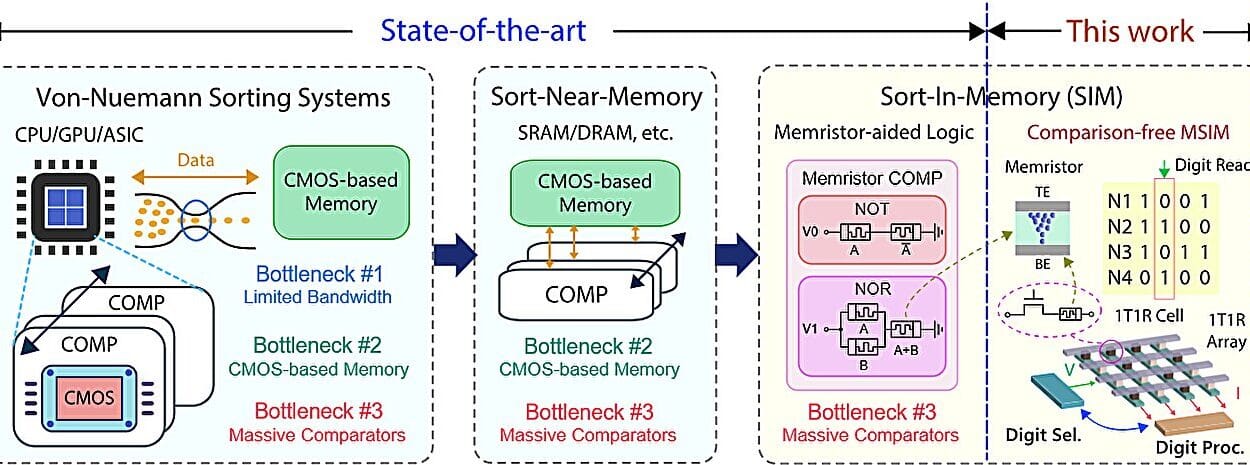We are standing at the dawn of a new creative revolution. Artificial Intelligence—once the domain of tech labs and sci-fi dreams—has now entered the heart of creative industries. From writing and graphic design to video editing, animation, voiceover, and content planning, AI is reshaping the creative process. For content creators, this isn’t just an upgrade—it’s a transformation.
No longer is creativity confined to those with expensive equipment or formal training. Today, anyone with a story, a message, or a vision can amplify their voice using the power of AI. The tools aren’t just efficient—they’re inspiring, acting as creative partners rather than simple software utilities.
In this in-depth exploration, we’ll dive into 12 powerful AI tools that are redefining the landscape for content creators. These tools don’t merely speed up production—they elevate the entire process, sparking new possibilities for storytelling, engagement, and innovation.
1. AI Writing Assistants: The Creative Co-Writer
The written word is still the core of most content—from blogs, scripts, newsletters, captions, and marketing campaigns. AI writing assistants are now some of the most widely adopted tools in the creator’s toolkit.
These tools can generate coherent, engaging, and grammatically correct content in seconds. But they’re not just good for cranking out volume. They’re also helpful in brainstorming titles, outlining content structure, refining tone, rewriting for clarity, and even ideating topics when you’re stuck with writer’s block.
What makes these tools especially powerful is their ability to adapt. Want your script to sound like a late-night comedian? Or a TED talk speaker? Or a poetic novelist? With the right prompt, these tools can switch styles, tones, and formats seamlessly.
But it’s not about replacing the writer—it’s about enabling them. These AI companions give writers more time to focus on storytelling and voice, while the software handles the grunt work.
They are especially vital for solo creators juggling multiple hats, or small teams seeking scale without sacrificing quality.
2. AI-Powered Graphic Design Tools: No Designer? No Problem.
Design was once a gatekeeper to creativity. You needed software mastery, years of training, or a dedicated graphic designer to make your content visually appealing. Now, AI design tools are smashing that barrier.
Modern AI design software can generate professional-looking thumbnails, social media graphics, logos, and even full brand kits from just a few prompts. Need a YouTube banner that pops? An Instagram carousel that converts? A blog header that matches your brand style? There’s an AI tool for that.
These platforms often include intuitive drag-and-drop interfaces, automatic color harmonies, font pairing suggestions, and smart cropping. But the magic lies in AI’s ability to learn your preferences. With each project, these tools become more personalized—offering designs tailored to your aesthetic and audience.
More than convenience, AI design tools give non-designers the confidence to create. And for professionals, they serve as inspiration engines and time-savers, enabling quicker iterations and higher output.
3. AI Voice Generators: Speak Your Message—No Mic Required
Voice has power. It adds emotion, humanity, and rhythm to content. But not every creator is a skilled narrator, and not everyone has access to high-end recording gear. AI voice generators step into this gap with synthetic voices that are shockingly human-like.
These tools offer a wide variety of voices—male, female, neutral, young, old, accents, and even multiple languages. You can adjust pitch, tone, speed, and emotional inflection. Whether you’re narrating an explainer video, creating audiobooks, podcast intros, or social video scripts, these voices can bring your words to life.
Some platforms now allow you to clone your own voice, preserving your vocal identity while automating long narrations. Others offer emotional nuance—anger, joy, sadness—making AI narrators almost indistinguishable from real people.
For content creators working on tight deadlines or low budgets, AI voice tools democratize the spoken word. No studio? No problem. You just need a script.
4. AI Video Editors: Edit Like a Pro—Fast
Video remains the king of content. But editing is often the most time-consuming, skill-intensive part of the process. AI video editing tools are flipping the script, offering creators the power of post-production without the pain.
These tools can automatically cut dead space, remove filler words, insert captions, apply transitions, and even suggest music based on mood. With just a few clicks, you can generate a fully edited video from raw footage.
Some AI video tools even allow creators to input text commands—“make it a TikTok style video,” or “add upbeat music and fast cuts”—and the software takes care of the rest. Facial recognition, motion tracking, scene analysis—all handled seamlessly by AI.
Others include smart cropping for social formats, background removal, or automatic animation overlays to make content more engaging.
The result? Creators can go from idea to polished video in minutes. For YouTubers, educators, vloggers, and short-form video producers, AI editors are becoming indispensable partners.
5. AI-Powered Image Generators: From Words to Visuals
Imagine typing a phrase—“cyberpunk sunset over a neon cityscape”—and seeing a stunning image materialize in seconds. AI image generators make that a reality.
These tools use deep learning models to create original artwork from textual prompts. Whether you’re designing thumbnails, digital art, book covers, or concept imagery, these AI platforms let creators visualize ideas without needing to draw a single line.
Some tools allow for style selection—“in the style of Van Gogh,” “hyperrealistic,” “comic book style”—while others let users refine and iterate images interactively.
The implications for storytelling and brand building are massive. Need an original visual for a blog? A unique art piece for an NFT? An imaginative illustration for your fantasy podcast? These tools unlock a world of visual storytelling once limited to trained artists.
AI-generated visuals are not just placeholders—they’re becoming the centerpiece of creative projects.
6. AI Content Planning and SEO Tools: Strategy Meets Intelligence
Creating content is only half the battle; getting it seen is the other. AI content strategy tools combine keyword analysis, search intent, and user engagement metrics to help creators produce content that performs.
These platforms can suggest topics based on trending queries, analyze competitor content, recommend optimal word counts, and even predict the likelihood of ranking on search engines.
They go beyond SEO checklists—using natural language understanding to assess tone, readability, and relevance. For creators trying to build an audience, grow a blog, or increase YouTube visibility, these AI insights are invaluable.
Content calendars, headline testing, topic clustering—AI handles the data, so creators can focus on the message.
7. AI Captioning and Subtitling: Accessibility Made Simple
Captions are no longer optional. They improve accessibility, engagement, and searchability. But manual transcription is tedious. Enter AI captioning tools.
These systems use speech recognition and language models to generate accurate captions in real time or from uploaded content. They detect speaker changes, adjust timing, and even auto-translate into multiple languages.
Some platforms let you brand your captions with custom fonts, colors, and positioning—crucial for TikTok and Instagram stories. Others offer automatic summarization, keyword tagging, and transcript export for SEO or podcast notes.
Whether you’re a video creator, educator, or livestreamer, AI captioning makes your content more inclusive and discoverable—with almost no effort.
8. AI-Powered Music and Sound Design: Custom Audio at Your Fingertips
Finding the perfect soundtrack used to mean digging through endless libraries—or hiring a composer. Now, AI music generators can create original compositions tailored to your content.
Want lo-fi beats for a vlog? A dramatic score for a short film? A jazzy intro for your podcast? Just describe the vibe, and the AI composes music that matches the mood and pacing.
Some platforms let you adjust tempo, instruments, or energy in real time. Others can analyze your video and generate music that synchronizes to scene changes.
Sound design tools powered by AI can also clean up audio, remove background noise, enhance clarity, and apply cinematic effects. For creators without audio engineering skills, these tools deliver studio-level sound at the click of a button.
AI is putting full sound studios in the cloud, accessible by anyone.
9. AI-Powered Avatars and Digital Humans
Virtual influencers. Synthetic presenters. Talking head explainers generated from plain text. AI avatars are bringing the future of video content to life.
Creators can now generate lifelike human avatars that lip-sync to scripts, display facial expressions, and move with natural body language. These avatars are fully customizable—skin tone, gender, clothing, background, voice.
This technology is revolutionizing online courses, product tutorials, corporate presentations, and even entertainment. It reduces costs, eliminates the need for on-camera talent, and offers endless scalability.
Creators with camera shyness, language barriers, or limited recording setups can now produce dynamic, personal videos using AI digital humans.
10. AI-Powered Animation: Motion Without the Madness
Animation has long been a high-skill, high-effort art form. But AI is making it more accessible than ever.
With AI animation tools, creators can turn still images into moving scenes, animate characters based on voice input, or transform written scripts into motion graphics. No timeline juggling. No frame-by-frame madness.
Some platforms allow users to create explainer videos from text prompts. Others animate hand-drawn sketches, or let you puppeteer 2D characters using your webcam.
For educators, marketers, and storytellers, AI-powered animation opens a new realm of communication—where complex ideas can be simplified and made visually compelling in minutes.
11. AI Idea Generators: Inspiration on Demand
Every creator hits a wall. Ideas run dry. Motivation dips. AI idea generators are like a brainstorming partner who never sleeps.
These tools can generate content topics, video titles, blog outlines, tweet threads, email campaigns, and even creative prompts for art and music. Some platforms tailor suggestions based on your niche, past content, or current trends.
But these aren’t just keyword dumps—they use NLP to suggest ideas with emotional hooks, audience resonance, and storytelling potential.
For creators juggling deadlines, brand demands, and ever-changing platforms, AI idea tools are sanity savers. They keep the wheels of creativity turning.
12. AI Analytics and Feedback Tools: Data with a Human Touch
What worked? What didn’t? Why? AI analytics tools help content creators close the loop.
These platforms go beyond views and likes. They analyze viewer behavior, scroll depth, watch time, sentiment, and even facial reactions. They can identify which part of your video lost attention, which blog section confused readers, or which call-to-action drove clicks.
Some tools offer feedback in natural language—”Your opening needs more emotional pull” or “Try shorter sentences in paragraph 3.”
This turns data into coaching. Creators get insights that help them improve not just performance, but craft.
Over time, these tools help refine your voice, sharpen your intuition, and align your content with your audience.
The Creative Renaissance Has Arrived
AI tools aren’t replacing creators—they’re liberating them. They free us from the mechanical, the repetitive, the intimidating. They let us focus on story, meaning, and emotion. They enable more people to enter the creative arena, regardless of budget or background.
Yes, the tools are powerful. But what makes them extraordinary is how they amplify the uniquely human spark within each creator.
From ideation to execution, from strategy to storytelling, AI is not the end of creativity—it’s its next chapter. The paintbrush has become smarter, but the artist still holds it.
Welcome to the future of content creation. Your new creative partner is here—and it thinks in code, learns from feedback, and dreams in algorithms.
What will you create next?
